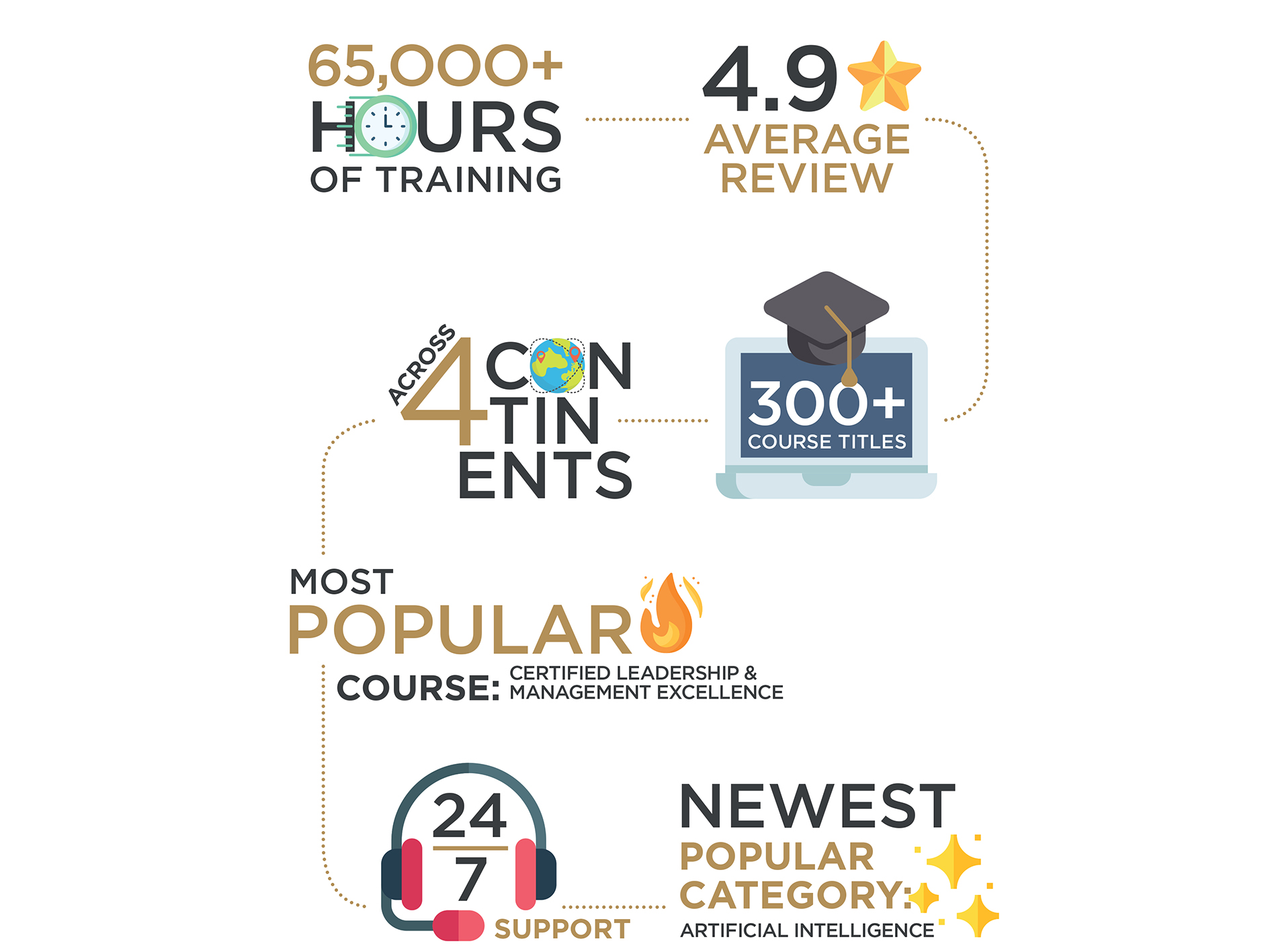According to the Economic Outlook by International Monetary Fund (IMF), the economic forecast is for growth to fall from 3.4 per cent in 2022 to 2.8 per cent in 2023 before settling at 3.0 per cent in 2024. The year 2023 is shaping up to be challenging for businesses, with rising inflation, interest rates and economic uncertainty. Under these circumstances, it is more important than ever for businesses to have adequate financial management strategies in place.
Financial management strategies aim to use financial data and forecasts to support the business plan. The strategies focus on financial resources, cost structure, profit potential, accounting functions etc., to align with the business objectives of a corporation in order to gain market advantage.
To align with the rapidly changing economic landscape, businesses will need to adopt new financial management strategies. Here are some effective financial management strategies businesses can use in 2023 to stay competitive and thrive.
Focus on liquidity. In a volatile economic environment, businesses need to have a strong liquidity position. This means the company should have enough cash on hand to meet their short-term financial obligations. Businesses can improve their liquidity by monitoring their cash inflows and outflows, forecasting future cash flow and developing contingency plans for potential cash flow disruptions.
Diversify their revenue streams. By diversifying the revenue streams, businesses can reduce their risk exposure. For instance, the companies are not dependent on the same market conditions by having a mix of products and services. In this case, businesses should always use data and analytics to make informed decisions. By tracking key financial metrics and using predictive analytics, businesses can identify trends and diversify their revenue streams by expanding into new markets or acquiring new businesses.
Creating a financial plan. It is essential for any business, regardless of its size or industry. A financial plan helps businesses to set clear financial goals, identify potential financial risks and develop strategies to mitigate those risks. Businesses need to create a financial plan that aligns with their overall business strategy and goals. In addition, businesses need to be flexible and adaptable in their financial strategy whenever an opportunity arises.
Invest in technology. Technology can help businesses to improve their efficiency and profitability. It is also a key factor in the financial landscape. Businesses may risk falling behind if they fail to embrace it. By investing in new technology, such as Artificial Intelligent (A.I.) and other cloud-based accounting software, mobile payment system and automated invoicing system, businesses can automate tasks to streamline financial processes. Technology also helps to improve decision-making, reduce errors and costs and improve efficiency.
Be proactive in managing risk. Businesses need to be proactive in managing risk. An effective risk management plan can help identify and assess risks, develop mitigation strategies, and monitor risks continuously. The risks include economic downturns, natural disasters, cyber-attacks and regulatory changes. By proactively managing risk, businesses can also protect their financial health and reduce the impact of potential financial difficulties.
Invest in people. The most important asset of any business is its people. Employee training is an effective financial management strategy that can pay off in the long run. By investing in training and development, businesses can ensure their employees have the skills and knowledge they need to succeed. By doing so, it will also help to create a more engaged and productive workforce.
By following these tips, businesses can put themselves in a solid position to achieve their financial goals in 2023 and beyond.
Find out more here with our Advanced Strategies: Financial Control and Performance Evaluation Programme from London Training for Excellence.
Advanced Strategies: Financial Control and Performance Evaluation
 All Courses
All Courses
 Business Administration
Business Administration Chemical Engineering
Chemical Engineering Communications and Public Relations (PR)
Communications and Public Relations (PR) Compliance and Legal
Compliance and Legal Contract and Project Management
Contract and Project Management Customer Experience and Relationship Management
Customer Experience and Relationship Management Energy and Sustainability
Energy and Sustainability Finance and Accounting
Finance and Accounting Health, Safety and Environment
Health, Safety and Environment Hospitality & Tourism
Hospitality & Tourism Human Resources and Talent Development
Human Resources and Talent Development Industrial Manufacturing and Production
Industrial Manufacturing and Production Innovation and Artificial Intelligence (AI)
Innovation and Artificial Intelligence (AI) Leadership and Management
Leadership and Management Oil and Gas
Oil and Gas Procurement & Supply Chain Management
Procurement & Supply Chain Management Public Sector
Public Sector Quality and Productivity
Quality and Productivity Retail and E- Commerce
Retail and E- Commerce Sales and Marketing
Sales and Marketing Sports Event Management and Operations
Sports Event Management and Operations Strategy and Business Planning
Strategy and Business Planning Sustainability and CSR
Sustainability and CSR Learning Solutions
Learning Solutions
 About Us
About Us
 iLearn Blog
iLearn Blog
 Directory Calendar
Directory Calendar
 Contact Us
Contact Us
 All Courses
All Courses
 Business Administration
Business Administration Chemical Engineering
Chemical Engineering Communications and Public Relations (PR)
Communications and Public Relations (PR) Compliance and Legal
Compliance and Legal Contract and Project Management
Contract and Project Management Customer Experience and Relationship Management
Customer Experience and Relationship Management Energy and Sustainability
Energy and Sustainability Finance and Accounting
Finance and Accounting Health, Safety and Environment
Health, Safety and Environment Hospitality & Tourism
Hospitality & Tourism Human Resources and Talent Development
Human Resources and Talent Development Industrial Manufacturing and Production
Industrial Manufacturing and Production Innovation and Artificial Intelligence (AI)
Innovation and Artificial Intelligence (AI) Leadership and Management
Leadership and Management Oil and Gas
Oil and Gas Procurement & Supply Chain Management
Procurement & Supply Chain Management Public Sector
Public Sector Quality and Productivity
Quality and Productivity Retail and E- Commerce
Retail and E- Commerce Sales and Marketing
Sales and Marketing Sports Event Management and Operations
Sports Event Management and Operations Strategy and Business Planning
Strategy and Business Planning Sustainability and CSR
Sustainability and CSR Learning Solutions
Learning Solutions
 About Us
About Us
 iLearn Blog
iLearn Blog Directory Calendar
Directory Calendar
 Contact Us
Contact Us















































 Course category
Course category Course Venue
Course Venue
